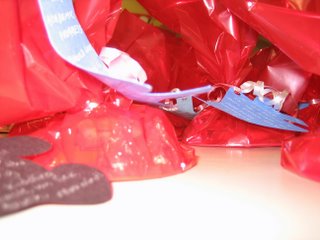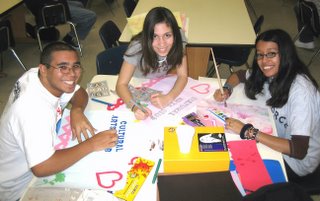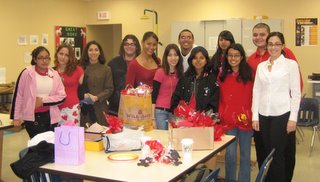Schomburg Center for Research in Black Culture, Manuscripts, Archives and Rare Books Division
Henry T. De La Beche, Notes on the Present Condition of the Negroes in Jamaica (London: Printed for T. Cadell, in the Strand, 1825)
BLACK HISTORY Exhibit dramatizes how black flight benefited U.S.A traveling exhibit showcases how 400 years of black migration has influenced life and history in the United States, including South Florida. BY ANDREA ROBINSON
The black migration experience in America often is defined by the voyage from West Africa to bondage on Southern plantations, or the mass flight of men and women from poverty in the South to chase dreams of prosperity in Northern factories.
But what about the voyages of Haitians fleeing violence on rickety boats in search of a better life in Miami and Fort Lauderdale, or Bahamians who arrived in the 19th century to develop Key West and Miami? Even less is known about the journeys of African Americans who fled this country's slavery for freedom in Canada, Mexico, the Caribbean and even Africa.
Just in time for Black History Month, an exhibit from the Schomburg Center for Research in Black Culture in New York opens today in Overtown that expands the boundaries of black Americans' migration patterns over the last 400 years.
The exhibit, In Motion: The African American Migration Experience, traces 13 migration patterns of black people in this country, starting with the transatlantic slave trade and ending with the more recent journeys of Haitians to South Florida in search of freedom and opportunity.
The exhibit, which opens today at the Lyric Theater, grew out of a website project and art show created at Schomburg more than a year ago. This marks the first time the exhibit has traveled outside the New York center.
Schomburg Director Howard Dodson said the project's purpose is to educate children and adults beyond the traditional history lesson about the voyage of slaves from Africa to the West Indies and the United States.
''It gives us an alternative way of thinking and writing about African-American history,'' Dodson said. ``In fact, the individuals involved in the migratory movements are history makers in a major way. They redefined the history of America as a whole.''
The show will be in Miami through May 31, to celebrate Haitian Heritage Month. Dodson said those dates were purposefully selected, given the area's diversity of black people.
''Our agenda is to foster a greater level of understanding among the African people in Miami,'' he said. ``Miami is a microcosm of the African diaspora.''
The exhibit caught the eye of Miami City Commissioner Michelle Spence Jones, who viewed it last year during a trip to New York while she still worked as a senior aide on the staff of Mayor Manny Diaz. She was floored by the images and the connections to South Florida.
''We need to bridge all of the various communities together,'' she said.
Spence Jones asked Dorothy Jenkins Fields, founder of the Black Archives Research Foundation of South Florida, if she'd be interested in hosting the show.
The original project, funded by a $2.4 million federal grant, tracks the circular migration patterns of blacks in, out and back into the United States in 13 categories.
Included in the project are a website, a book published by National Geographic and lesson plans for schools. The website has close to 17,000 pages of essays, manuscripts and maps, and 8,000 photographs that trace the movements of about 35 million people of African descent.
Dodson said he hopes the exhibit and the website give viewers, particularly blacks, a better understanding of the importance of black migration in the United States.
``They should understand how they dispersed throughout the United States and transformed themselves and their communities.''



